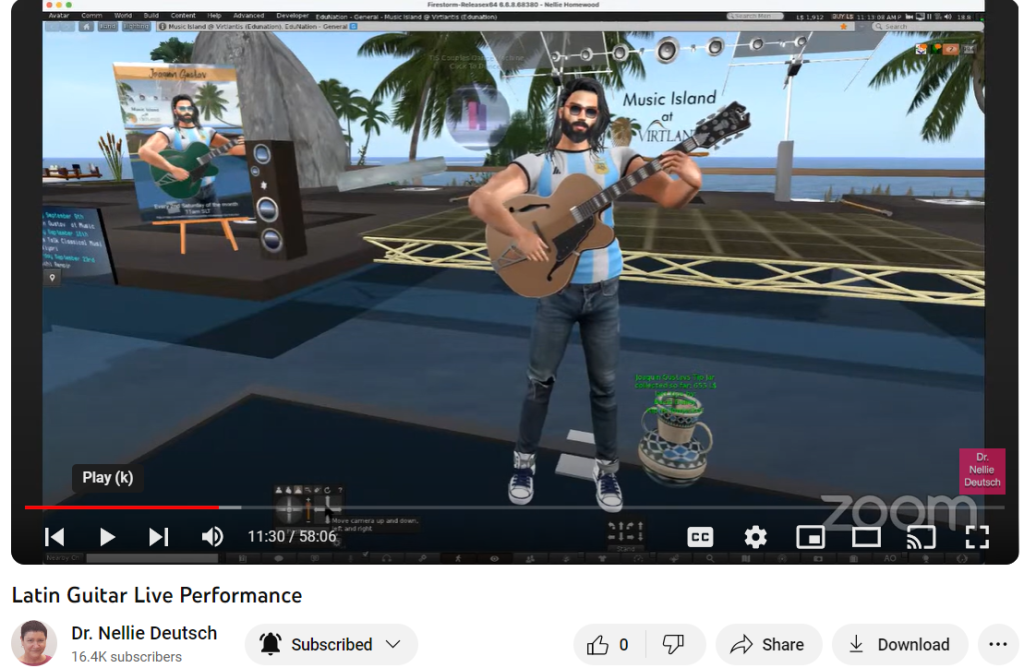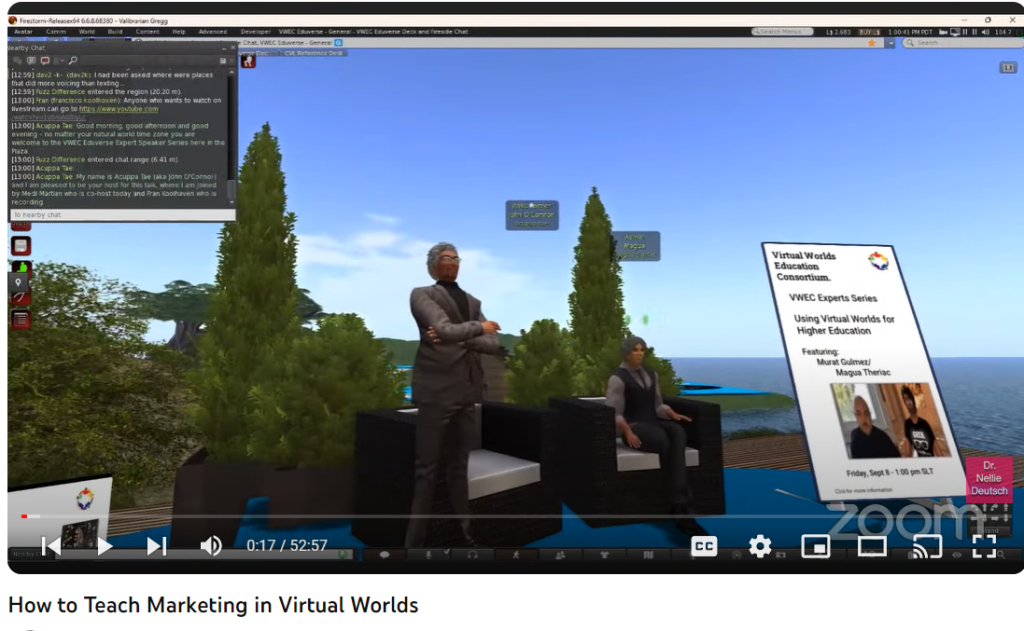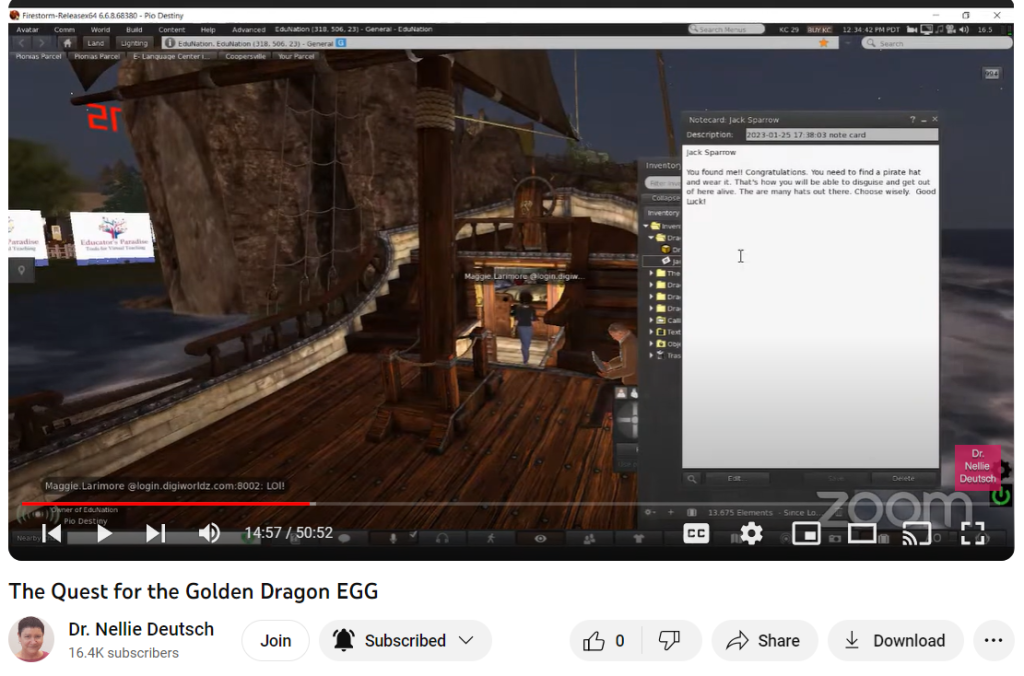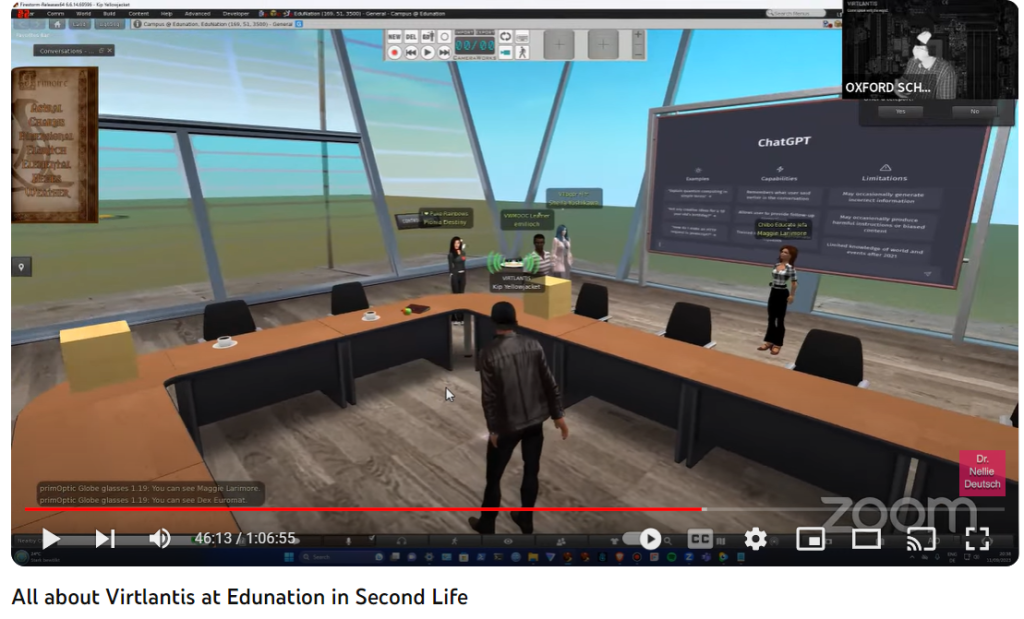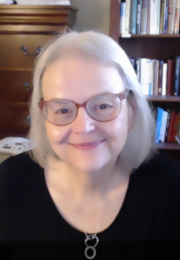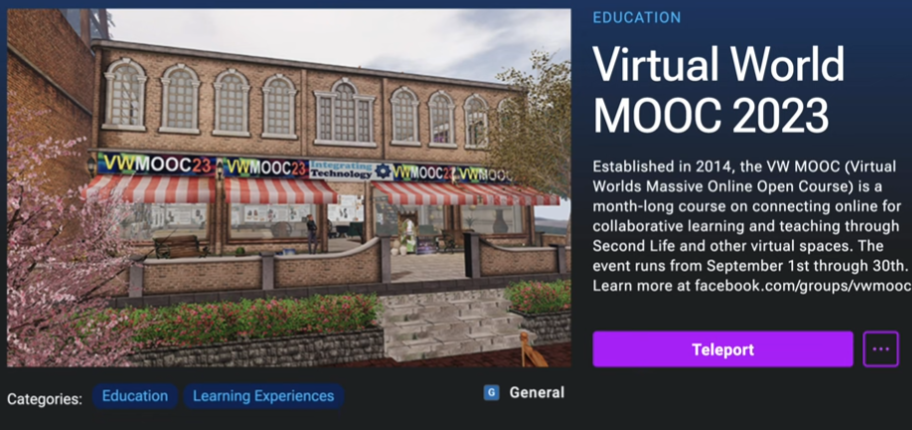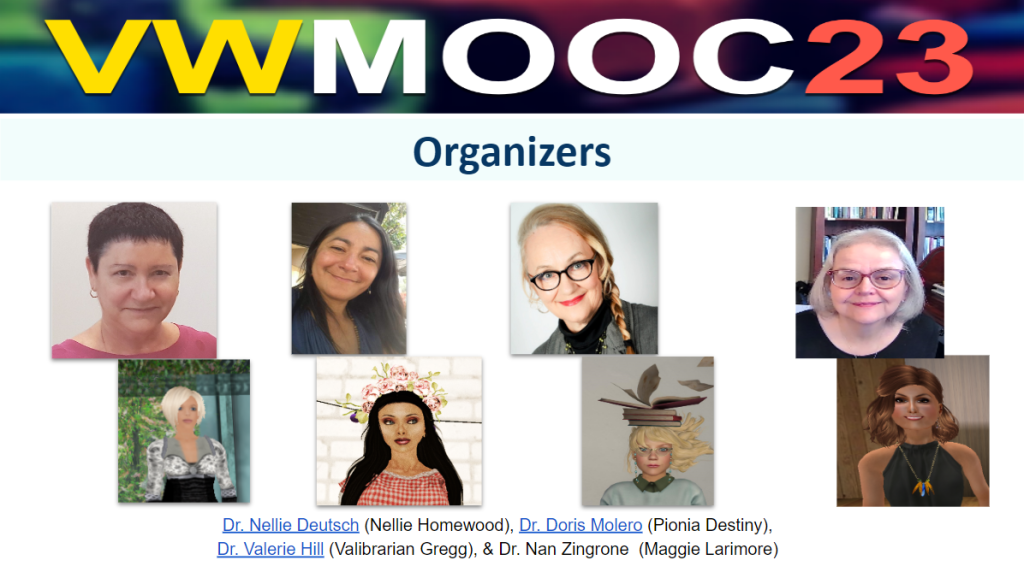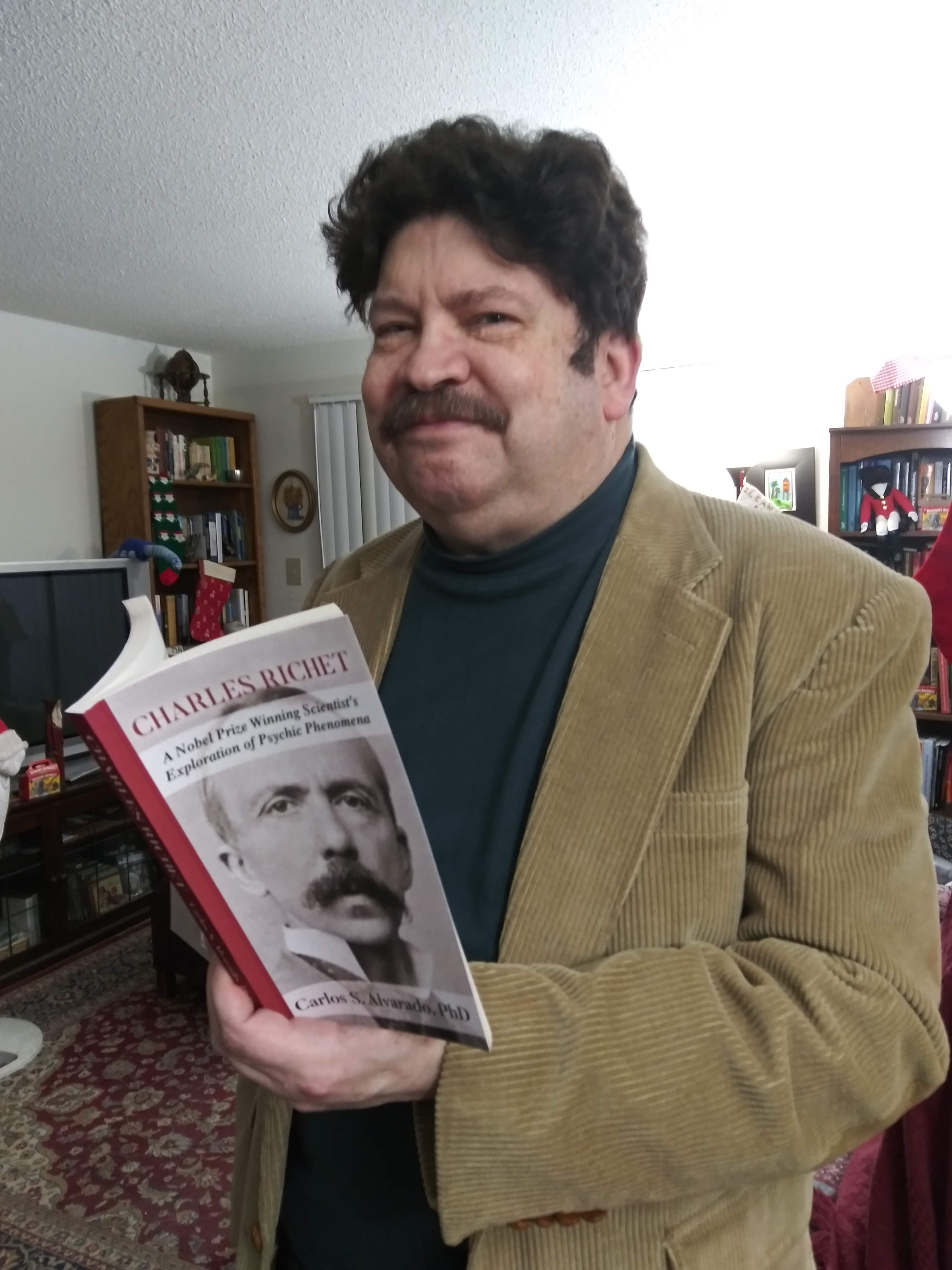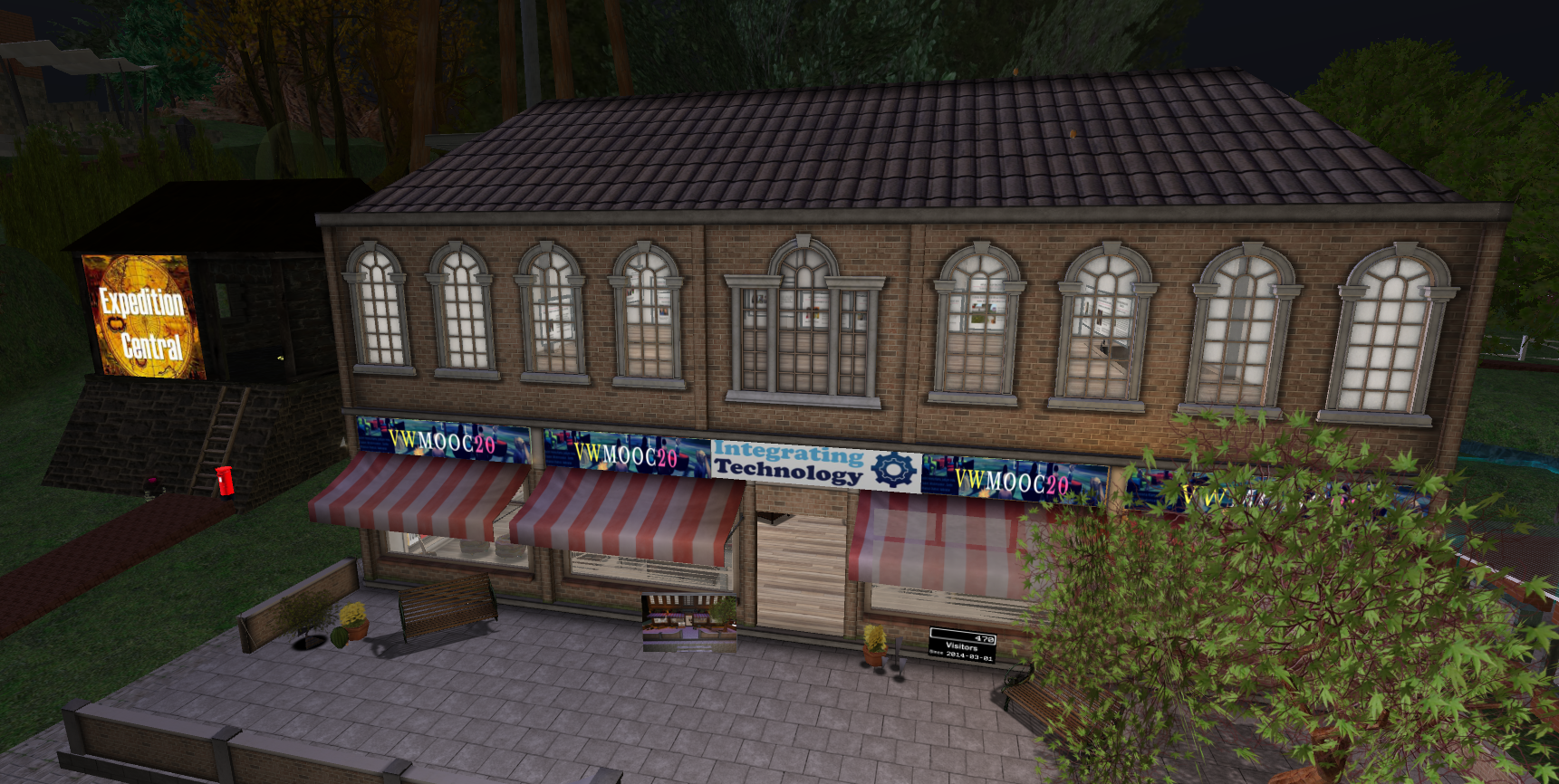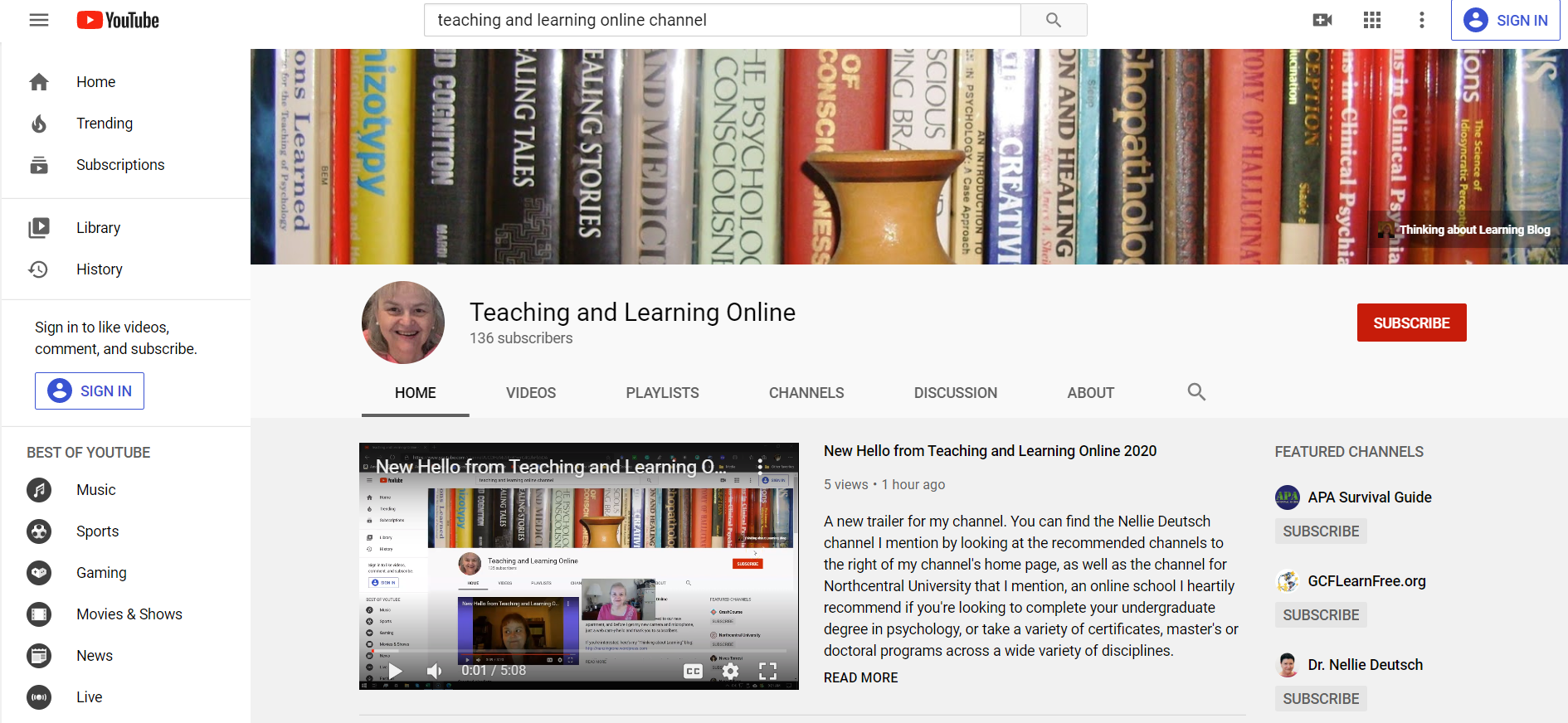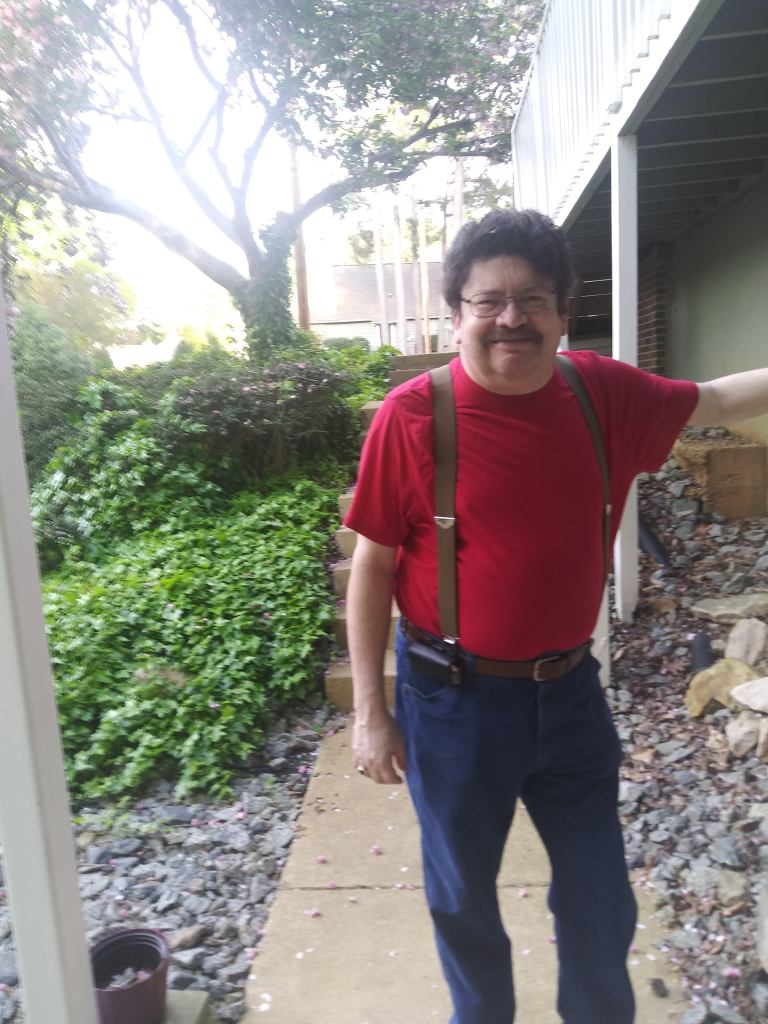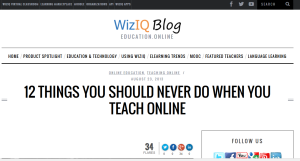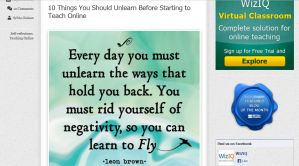Recently my husband and I finished up the live portion of our first MOOC on the WizIQ social media teaching and learning platform. We are both research psychologists with doctorates from the University of Edinburgh, and for over thirty years, we have been interested in a marginal field, scientific parapsychology. While we have both done other types of research (him mostly historical, me experimental), our work together has focused on questionnaire-based studies of reports of seemingly psychic experiences, relating them to various states/traits such as dissociation, depersonalization, absorption, and satisfaction with life. We have also examined the relationship of reporting psychic experiences with reporting other experiences such as lucid dreams, disturbing dreams, vivid dreams, and mystical experiences. We have published a number of papers together and separately (he many times more than me), one example being a five-study examination of the psychological characteristics and reported experiences of individuals who believe they see auras. The paper was published in the Australian Journal of Clinical and Experimental Hypnosis.
Our interest does not derive from any religious beliefs or spiritual tradition. Rather, because these experiences are embodied in ancient myths and legends, can be found in the canonical texts of many civilizations and religions, and are still reported today, we believe they deserve research. Some folks say all of these reports can be explained by errors in sensory and perceptual processing, cognitive, intellectual or educational deficits, or the heavy weight of social pressure (some surely may be explained this way). Others of us think that the persistence of these reports in general and the hard-to-explain veridical elements of some of them in particular cry out for more detailed understanding. The research methodology, knowledge base, and theoretical stances of a variety of academic and scientific disciplines, not the least of which is psychology, have been and continue to be profitably brought to bear on the questions these experiences raise.
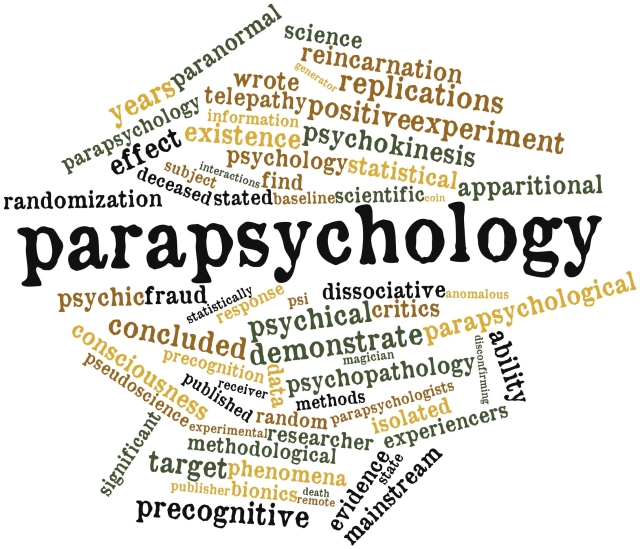
Created by the artist Radiant Skies and purchased from 123rf.com as the logo for the free, open, online course, “Parapsychology and Anomalistic Psychology: Research and Education,” offered on the WizIQ.com social medial teaching and learning platform from January 5th through February 14th, 2015
But people who are seriously interested in scientific parapsychology, psychical research, anomalistic psychology, or the physics-based examinations of such phenomena (think retrocausality), are not many. On the other hand, the folks who believe nobody in their right mind should be concerned with (the weak position) or even allowed to pursue this type of research (the strong position) are legion.
The animosity towards a serious scientific and academic enterprise that centers on seemingly psychic experience has made it impossible for many people to do anything other than steer clear of the topic given the career costs. Perhaps more importantly for newcomers who are willing to risk it, the complex social context in which we all live has also made it near impossible to find opportunities to learn from the scientists and academics who are actually studying the phenomena.
Carlos and I have, for a long time, very much wanted to set up an situation in which a large group of people would have this opportunity. And we wanted to do this not just to open up a world of research possibilities to young scientists, but to allow those who are just plain interested to have a serious forum for their questions and insights.
We wanted to take advantage of the MOOC movement (massively open online courses) for this endeavor, and ended up designing, organizing, facilitating and otherwise enjoying a six-week course with 23 guest speakers and 858 registrants (as of this morning, includes us, the speakers and the learners). There were even a few spin-offs, that is, a few new online courses set up by some of the members of our course on the WizIQ platform. These are devoted to study group activities and/or sharing experiences. And in our core course, there are still two or three new registrants signing on everyday because it is possible to go back and work through the lecture recordings, materials and discussions as a self-paced course from now until at least this time next year.
I have written a number of blog posts about the experience, was interviewed for a blog written by a colleague, and gave a presentation on the course in an online conference. My reflections have been put together for the folks who teach and learn on WizIQ (the recording of the presentation is available here and the blog for which I interviewed is available here), and for the followers of the blog that supports the parapsychology part of our teaching business. My husband’s blog on research, history and news from the field of scientific parapsychology featured his thoughts on the process.
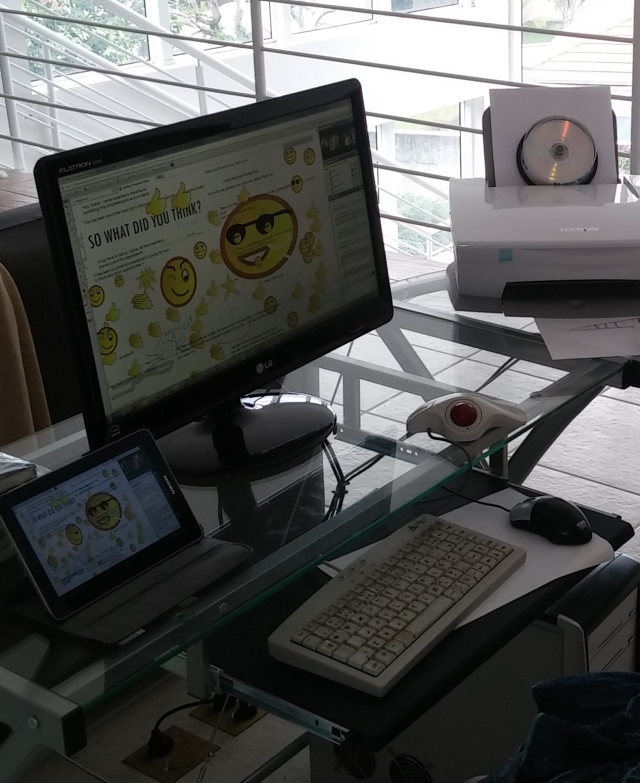
A photo of the final session of our MOOC being screened on the monitor of a desktop computer, and on a tablet, all on a desk a world away from our neck of the woods.
We learned a lot from the experience.
First, we discovered we loved having an international class. We were delighted when we hit the 20 registrant mark and then watched the class grow until it hit 850 on the day we broadcast the last live class of the MOOC. What was the most exciting was that 31% of the countries on the planet contributed at least one learner to our group, that while our country (USA) counted for about 370 registrants, India contributed over 100, Finland nearly a 100, and every continent was represented in the list. Getting our first registrant from Egypt, Zambia, Cypress, Malaysia, Indonesia, New Caledonia, Japan, China, Vietnam, Croatia and so on: all amazingly exciting.
Second, we were humbled by the number of people who were managing the class with English as a second language. My Spanish is pitiful at best; Carlos speaks and writes incredible English, but I know what it took him to get to that point. I remember editing his academic papers when we first met more than thirty years ago, and now I have so little to do when he hands over his papers for a last read through. It was constant effort and commitment on his part though, and a life immersed in English speaking countries as well. Our guest speakers were told to do their presentations as if they were lecturing to colleagues, so the talks were frequently high level and complex. As was the English. And occasional glitches in the audio quality complicated even the ability of English-speakers to follow the presentation. Then we had a number of folks who were themselves speakers of English as a second language and presented their talks with a French or Spanish accent. On top of that we had quite a lot of regional English and American accents as well. So the determination of the most active non-native English-speaking members of the class was awe-inspiring to say the least.
Third, we learned that there are many scientists and academics who are very interested in mentoring the next generation of researchers, and who are willing and able to provide their services for free. Our speakers did an enormously valuable and time-consuming job putting together their PowerPoints, making articles and links available, attending the presentations of other colleagues, contributing to the discussion forums provided by the WizIQ Coursefeed page, and participating in our WizIQ-based live discussion forums. That I did not manage to entice any of our guest speakers into the virtual world, Second Life, where we also had discussion forums, was a minor hiccup in their otherwise heroic effort. The take away for Carlos and I was never to underestimate the willingness of our colleagues to give of themselves by sharing their expertise. And boy, are we grateful.
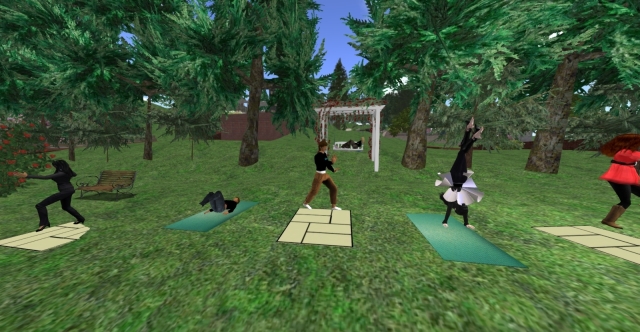
The Second Life Discussion Group having a break in the Greater Chilbo Nature Garden after a two hour session discussing the live presentations of the previous week. To visit the Nature Garden, create a free Second Life account, download the viewer and click on the following Second Life URL: http://maps.secondlife.com/secondlife/Madhupak/156/241/91
Finally, I think I can speak for both of us when I say that we didn’t see the workload coming. We knew we were setting up something huge and that it would require a lot of forethought and a lot of organization. We learned a number of lessons about what to do and what not to do next year when we host another MOOC on the field. Because neither of us have full-time jobs any more and are combining part-time teaching, writing and the development of our teaching and consulting business even now, we were both taking a leap of hope to even start the course. And we were worried about how we would continue to satisfy the consulting clients we did have while we were managing the MOOC. (That’s something we need to improve next year.) Part of our fear of the workload was solved by the generosity of our main client, Lisette Coly, the President of the Parapsychology Foundation, who let us pile up unworked hours while working on the MOOC, never missing a payment for work that will be added to our regular hours in March and April rather than being done in January or February. In addition to that, she missed very few of the live classes, and took on the task of issuing Certificates of Completion for the most energetic of the course members. Without that financial support, it would have been a very difficult but still rewarding time for us — it is often the case that some things are just worth doing whether you are paid or not — but with her patience with us, and her support of the process, we were able to devote the extra hours the MOOC required.
We feel we accomplished our goals for the course. We had experiencers in the group and we learned a lot from them. We had gifted individuals who are taking part in research on the phenomena they are blessed (or cursed) with, and we learned a lot from them. We had speakers on the same topic who disagreed with each other; who critiqued and extended or reinterpreted the work of their colleagues who were also on the schedule, and the conversations that they engendered directly and indirectly provided added value to the learners. We discovered groups of people with similar interests we had never known before, and so did the other registrants. Seasoned researchers in the field were surprised at the quality of the questions and the number of people interested in the serious stuff. Younger researchers brought their new perspectives to the conversations and, we hope, will carry on these conversations as they go forward in their careers. It was an excellent experience for Carlos and I, and we hope for all the learners who took the journey with us as well.
Do I think any teacher faced with the opportunity of organizing a MOOC for their area of expertise should think seriously about tackling the task? Absolutely! Frequently people will say that if something is free nobody values it. In my experience that is just not true. People recognize the effort that goes into the opportunities with which they are presented, and many are grateful to take part. They repay the opportunity by watching, reading, talking to each other, forming new learning networks, and finding ways to pay it forward. Maybe we are not talking about every single registrant in a massively, open online course, but there are enough who engage and move forward, that it is all worth it.
And as for commemorating the experience, yes, we went there, because we wanted a couple of mugs for us and well, because, um, edupreneur …

We set up a store on CafePress to commemorate our experience and help support next year’s MOOC.
The link to the store is here and the link to cup is here.
Looking forward to next year!
